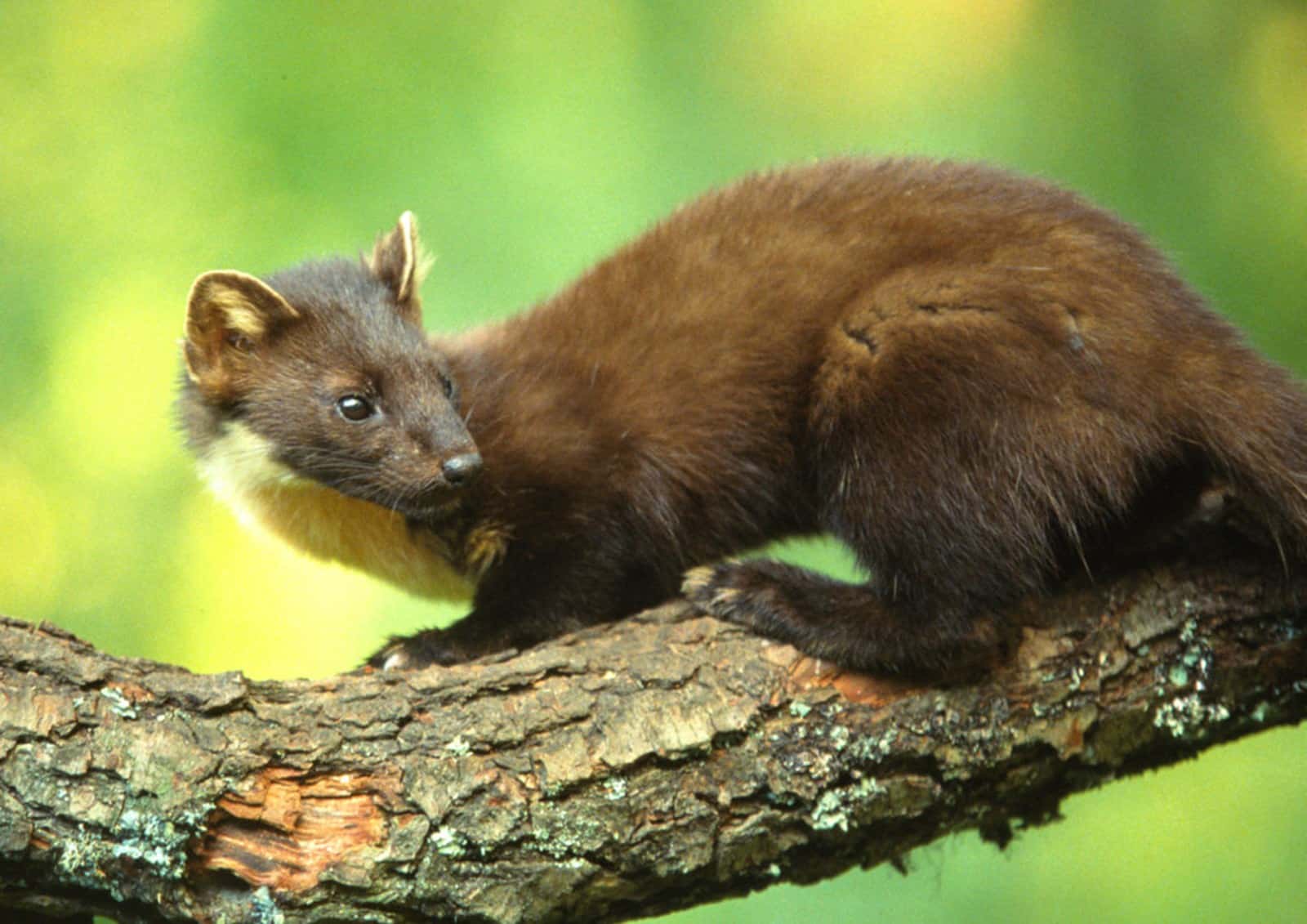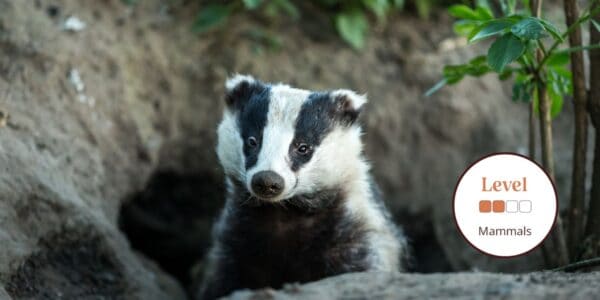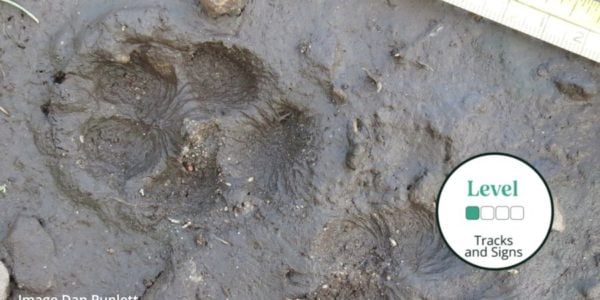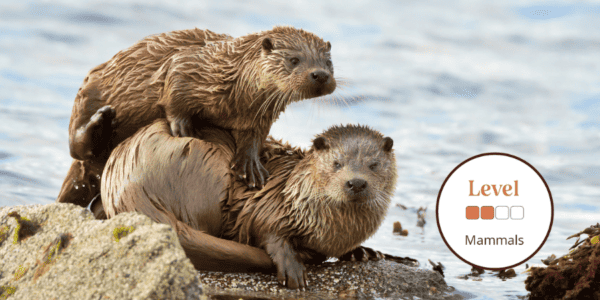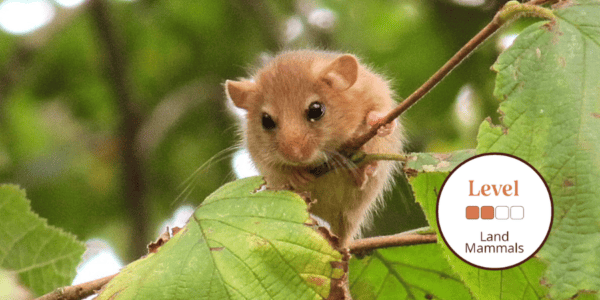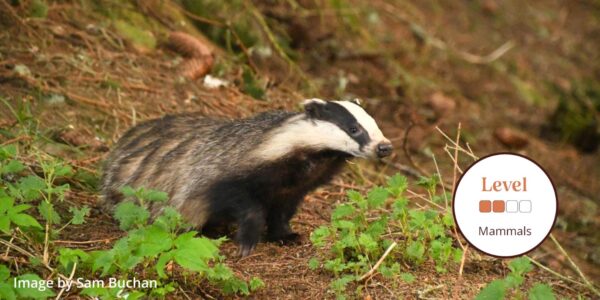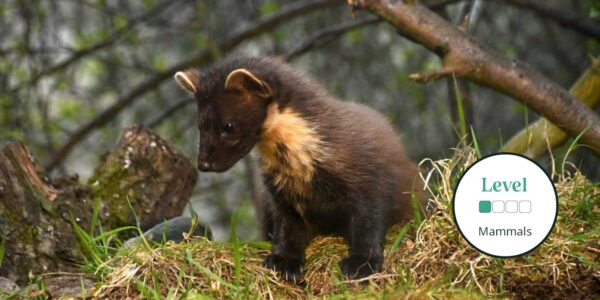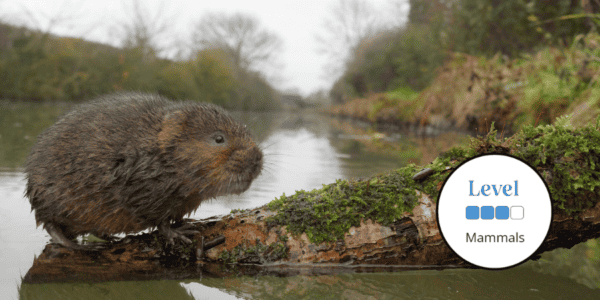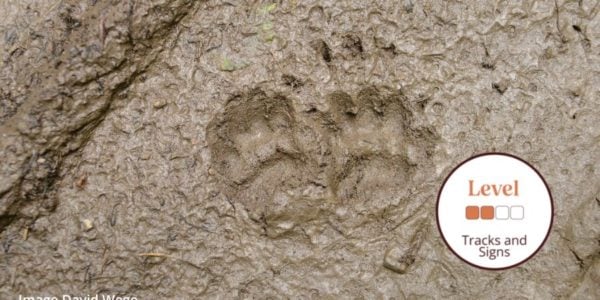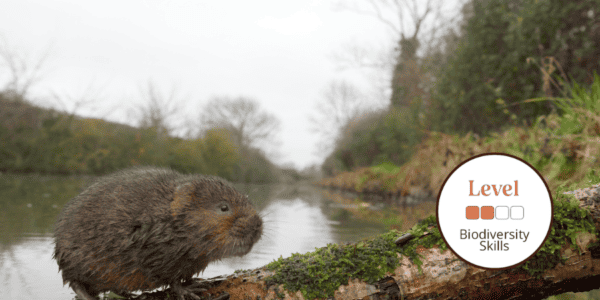
Discover more about UK mammals and improve your skills on our beginner to advanced courses.
Our animal identification courses range from day courses for anyone new to environmental education, to more in-depth weekend courses, covering topics like identification, ecology, habitats and life cycles.Great Britain and Ireland have a relatively small number of mammals, with around 55 native and naturalised land mammals (including 16 bats) and around 25 cetaceans and seals. Other free-living but introduced mammals may be seen, including feral goats, cats and ponies.
It’s generally easy to decide which order the mammal belongs to, but identifying to species level is more difficult. Easily confusable groups include the mice, voles and shrews, the deer and of course the bats.
Many mammals are shy or nocturnal, which makes them difficult to see. However mammals often leave signs to show that they have live in or have visited an area. Field evidence includes tracks, droppings, burrows, nests and feeding signs. With practice it is possible to identify the species from these signs.
(a) Tracks: Footprints and tracks are very useful for recording a broad range of species. But it can be rare to find a perfect print. The best conditions for finding tracks occur in fresh snow or in shallow mud after rain. Of course, most tracks in the countryside are made by domestic mammals, like dogs, cats, sheep and cows, so it is important to be able to recognise these.
(b) Droppings: Both the look and smell of droppings can be distinctive.
(c) Feeding signs: Gnawed hazelnuts, chopped grass and stripped fir cones can all be useful evidence of the presence of a range of small mammals.
(d) Bat identification: Using a bat detector, the ultrasonic calls made by hunting bats can be heard and plotted on a sonogram. The habitat, time of emergence and flight pattern all provide further clues.

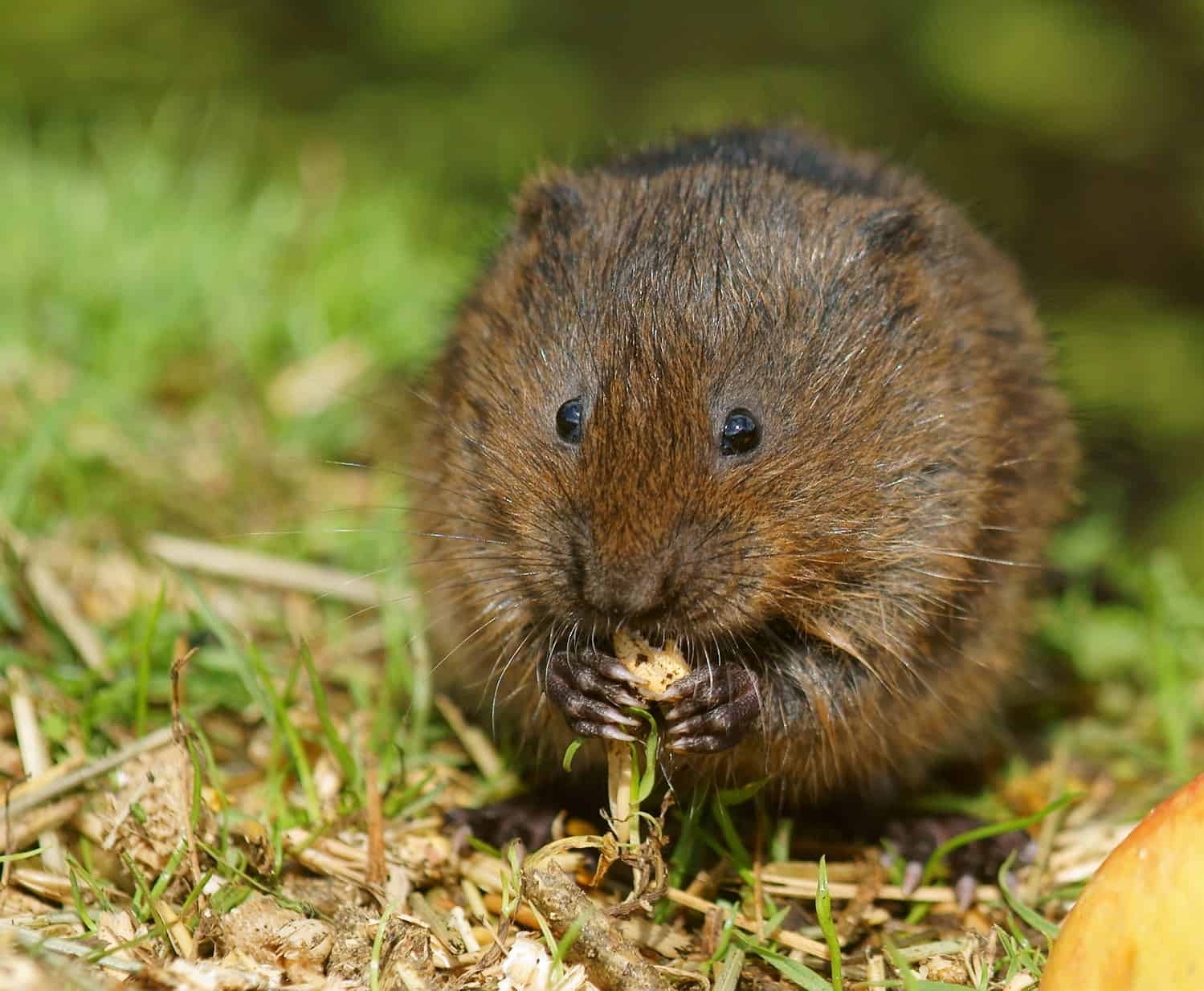
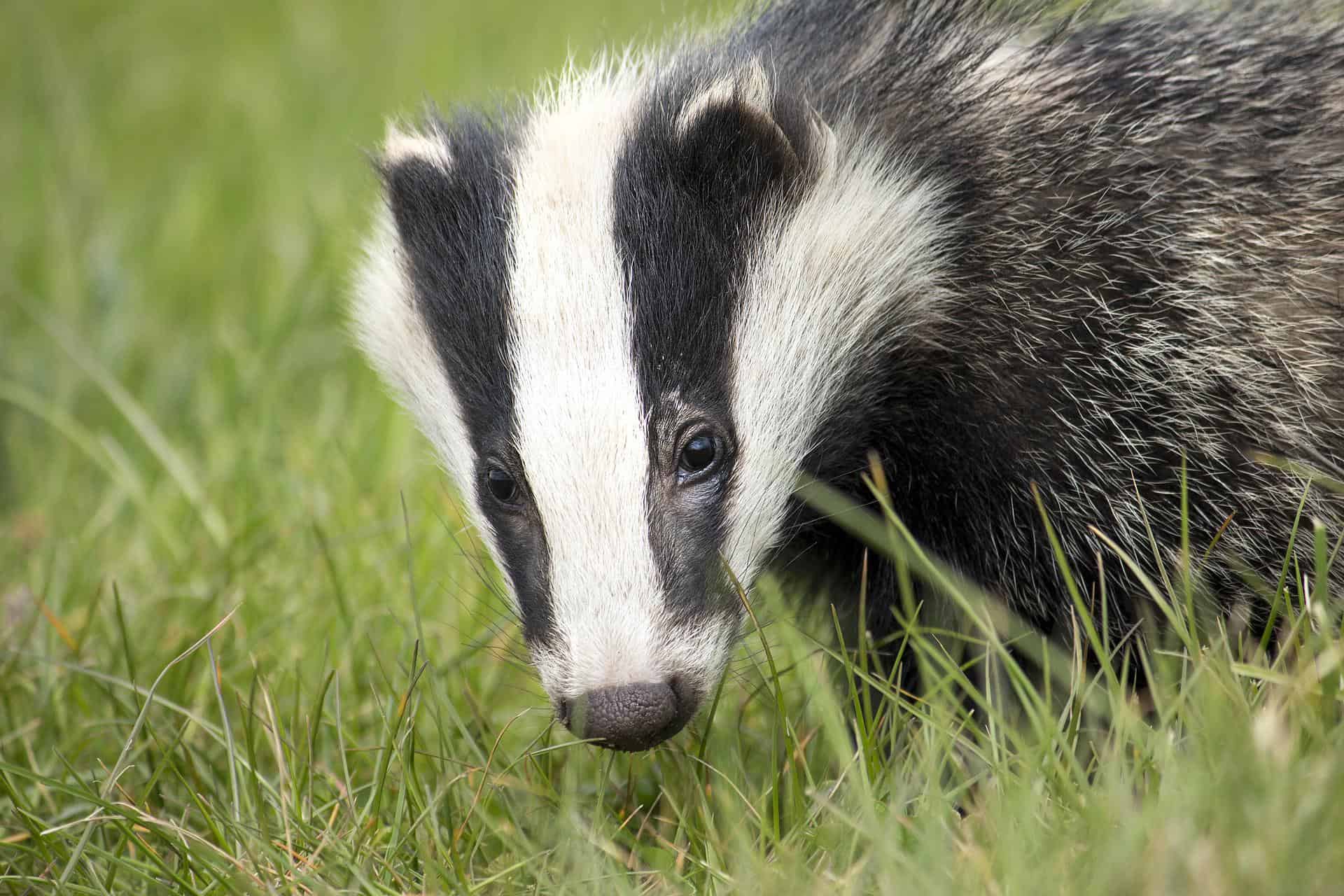
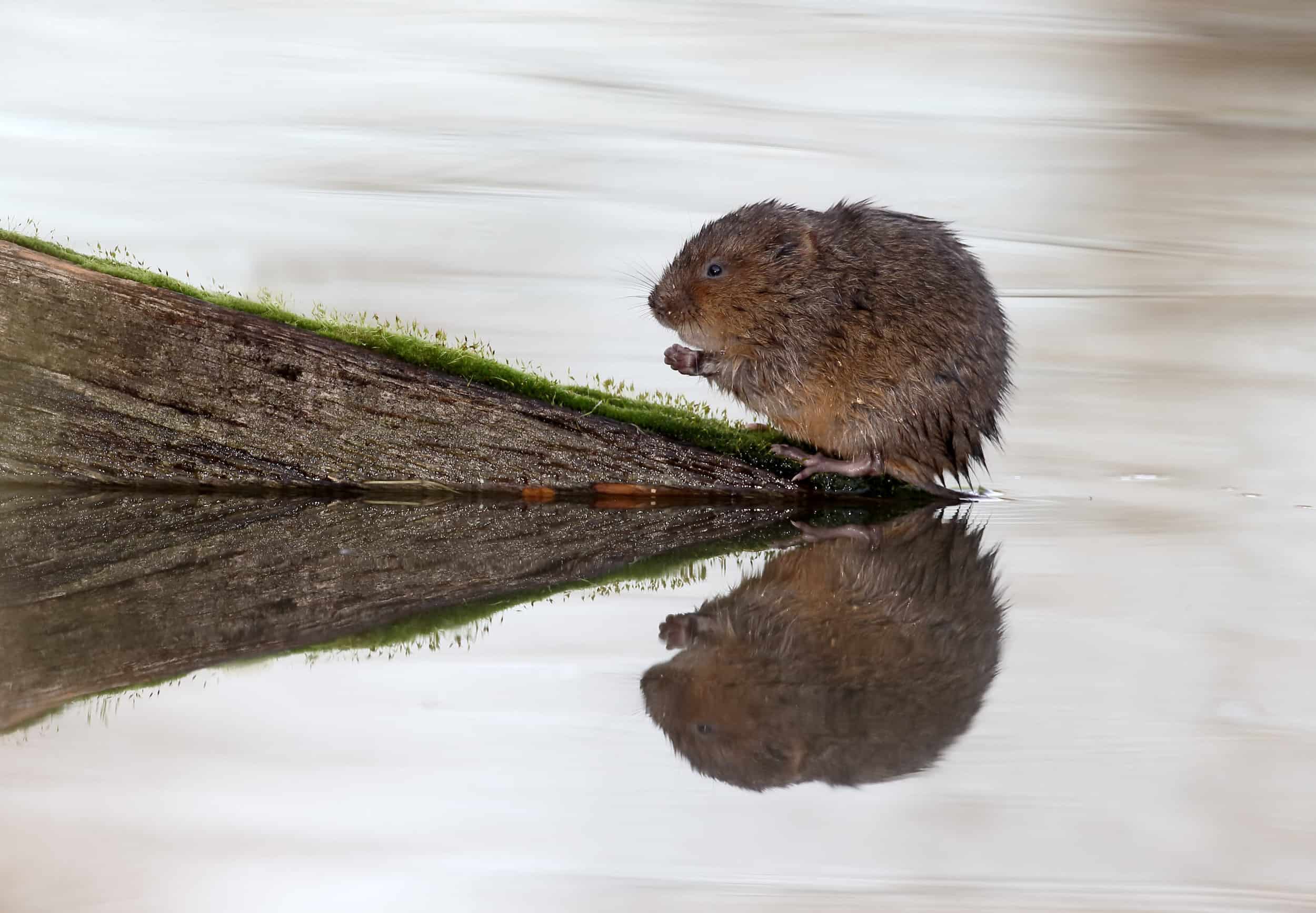

Land Mammal Courses
Our expert tuition and frame-worked courses are designed to improve your skills and knowledge at a level and pace to suit your needs. Our experienced tutors are experienced and passionate about the subjects they teach. Covering subjects from mammal conservation to ecology and identification skills, our mammal training courses ensure quality content and training. Mammal Courses are available at all levels from beginner to advanced.
Land mammal courses are led by expert tutors who are passionate about the subject. From dormice to watervoles and badgers, wildlife courses take place at venues across the UK, or online. Our courses are designed to progress your learning at a level to suit your needs. If you are interested in our land mammal online training, you can read about our Moodle learning environment.
Each course is part of a learning framework, so that you can start and progress from a level that suits you. You can see the course level descriptions here. Natural history courses are available at all levels from beginner through to professional training.
Even in an urban environment the variety of species and their distinctive behaviours can be observed and better understood under the guidance of an engaging, experienced expert in the field. Our talented tutors will combine the use of classroom-led learning and outside learning opportunities to give individuals the skills and confidence to learn more about the lives and ecology of birds.
Commonly Covered Topics Include:
- Explain taxonomy, anatomy, and main ID features
- Identify UK species and their defining features
- How to undertake surveys of a particular species
- Legislation protecting ceratin species
- Conservation measures including habitat enhancement
Land Mammal Resources
Our Land mammal Identification Guide consists of 8 fold-out pages featuring full-colour illustrations, making the identification of land of Britain and Ireland easier to achieve. Beautiful colour paintings of each mammal show the main features to look out for.
Mammal Tracks and Signs Guide features clear illustrations of the tracks left by mammals with paws (dog, fox, cat, rabbit, hare, otter, mink, polecat, pine marten, badger, weasel, shrew, hedgehog, mouse, rat, water vole and squirrel), and prints left by mammals with cloven hooves (sheep, wild boar and different species of deer).
The Bats Guide from the Field Studies Council is an identification guide to all 16 species that live and breed in Britain. Our bat identification chart is 2 guides in one and consists of 8 fold-out pages featuring full-colour illustrations, making the identification of bats of Britain easier to achieve. species.

